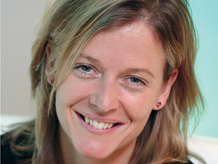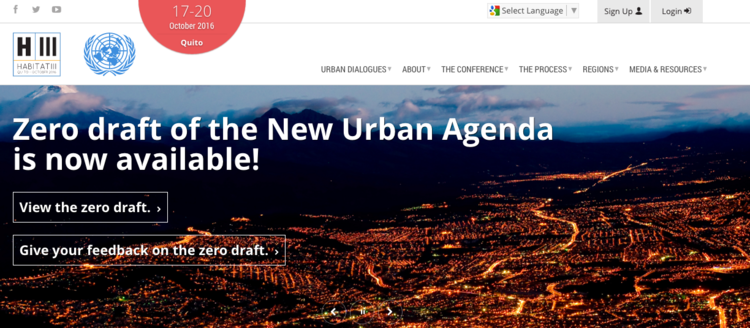- ARUP and The Rockefeller Foundation have launched a new resilience self-assessment tool for cities;
- New CRI index allows cities to score themselves based on 52 resilience indicators and 12 goals;
- Data will inform United Nations’ draft of ‘New Urban Agenda’, to be finalized next fall in Ecuador


Resilience.
If you feel like you’ve heard that word a lot lately, you’re right. But expect to hear it even more in the months and years to come, in several languages, too.
Last week in London, after years of joint research and testing, global engineering giant ARUP and the eminently well-heeled Rockefeller Foundation jointly unveiled what they describe as a “pioneering tool for cities to understand and assess their resilience.” Offered as an aid for municipal self-assessment, the new City Resilience Index (CRI) aims to help urban policy-makers and other stakeholders better prepare for crises and “to build sound strategies to plan for a strong future.”

“Cities increasingly understand that building resilience is a 21st century imperative, and now for the first time, they have a way to comprehensively assess where they are strong, and where they need to improve to be ready for whatever may come their way,” said Rockefeller President Judith Rodin, referencing all types of challenges, both natural and man-made.
“The CRI was created over three years and in consultation with a range of cities globally,” she explained. “It is designed with rigor, and in a way that cities everywhere will benefit from using it as a planning and decision-making tool, that can help them realize a resilience dividend from investments in their growth and the well-being of their citizens.”

Added Jo da Silva, director of ARUP’s nonprofit arm for international development, “Every city is unique, and each faces specific challenges. But, the factors that enable cities to deal with disruption are universal… The CRI captures the breadth of issues that contribute to a city’s resilience. It provides a practical means to measure resilience, and a common language that will enable cities to learn from each other.”
Knowledge sharing will be crucial as the world continues to face mounting complications from urban population growth, climate change, political conflict, economic instability, public health crises, and more. For the index, ARUP and Rockefeller looked at 26 cities of varying size and scale across the globe, and devoted extra resources to drawing insights from Arusha, Tanzania; Concepción, Chile; Shimla, India; Hong Kong, China; and Liverpool, UK.

Comprising 52 resilience indicators and 12 goals, the CRI is now accessible through a secure online interface that incorporates a framework many cities already have used to develop resilience strategies. Cities can enter data for such qualities as diversity, environmental awareness, and self-regulation. ARUP and Rockefeller say each city’s findings can guide future urban policymaking, planning, and investment.
As defined by CRI, “resilience is the capacity of individuals, communities, and systems to adapt, survive, and grow in the face of stress and shocks, and even to transform when conditions require it.” According to a blog posted by Rockefeller Associate Director Sundaa Bridgett-Jones on May 18, “resilience” can be applied to cities—big and small—all across the world via these four key dimensions:
- People: The health and well-being of everyone living and working in the city;
- Organization: The economic and social systems that enable urban populations to live peacefully, and act collectively;
- Place: The quality of infrastructure and ecosystems that provide critical services, protect and connect us;
- Knowledge: The capacity to learn from the past and take appropriate action based on informed, inclusive, integrated, and iterative decision making in our cities.
Below, the CRI wheel features four categories on the outer ring and 12 goals on the yellow, inner ring.

In the near term, the new assessment tool already is helping to prepare even more of the international attendees who are expected to descend on Quito, Ecuador, Oct 17-20, for the United Nations Habitat III conference. Nothing if not ambitious, the goal of that gathering is to help UN member nations draw up a resilient New Urban Agenda. No doubt the new CRI tool will play a role in determining success.
For more on CRI, and the Rockefeller Foundation’s related 100 Resilient Cities initiative, click here.


Discussion
Be the first to leave a comment.
You must be a member of the BuiltWorlds community to join the discussion.